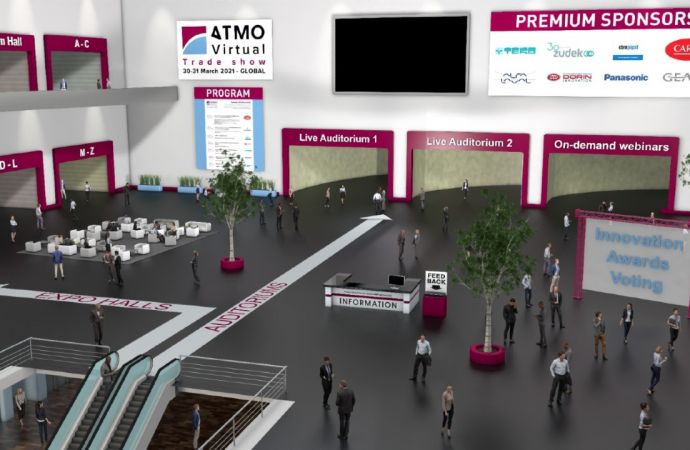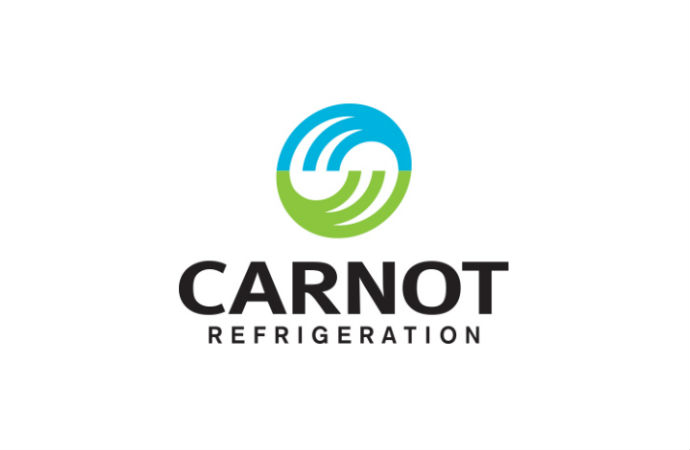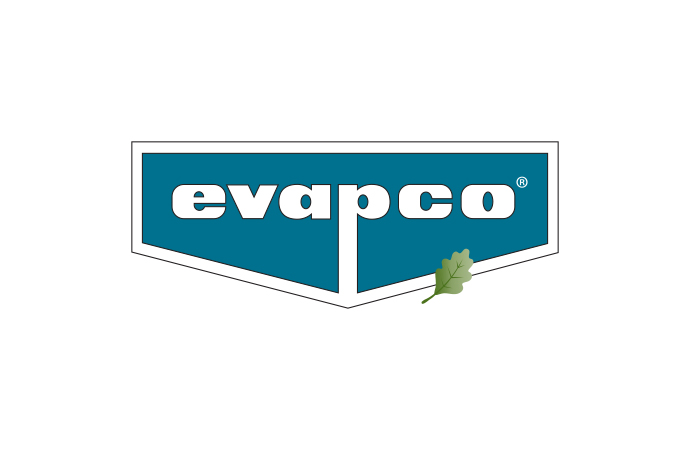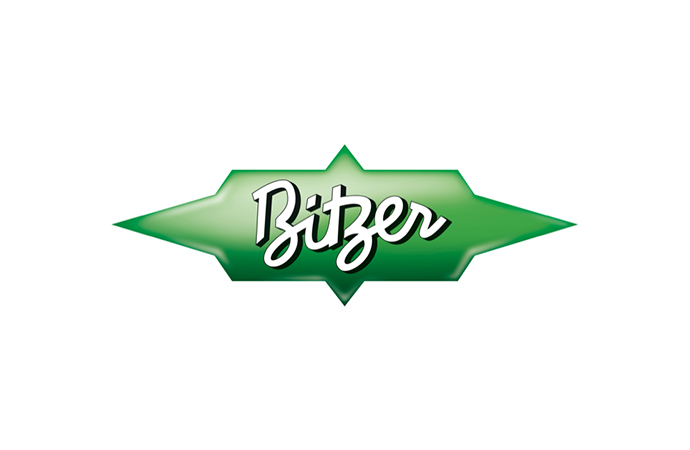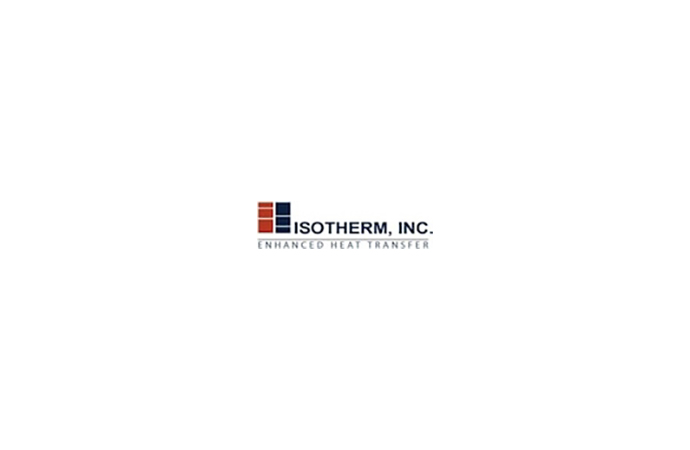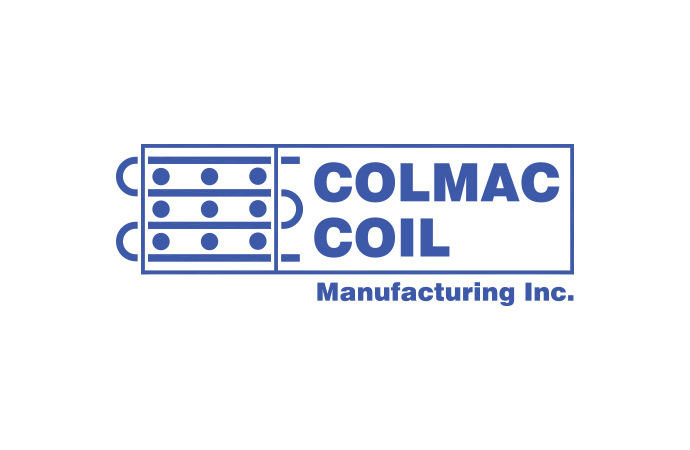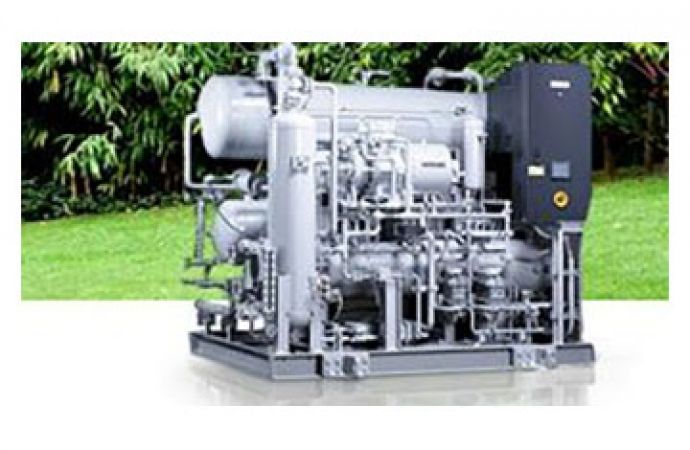The "ATMOsphere MOP25 - Natural Solutions for Developing Countries" event, held on 24 October 2013 in Bangkok, Thailand, and attended by over 100 industry stakeholders and decision makers, discussed the current policy and market environment for natural substances, as well as solutions to the challenges developing countries face when introducing the latter. “GUIDE UNIDO - Natural Solutions for Developing Countries” was formally launched at the event.

Held during the 25th Meeting of the Parties to the Montreal Protocol (MOP25) in Bangkok, Thailand, ATMOsphere MOP25 - Natural Solutions for Developing Countries, brought together representatives from developing and developed countries to explore the possibilities of leapfrogging high global warming substances in the HVAC&R and foam sectors. At the side event the United Nations Industrial Development Organization (UNIDO) and shecco jointly launched the latest GUIDE publication “GUIDE UNIDO - Natural Solutions for Developing Countries”.
UNIDO and shecco formally launched the “GUIDE UNIDO - Natural Solutions for Developing Countries”
The GUIDE was launched to share relevant experiences with ammonia, carbon dioxide, hydrocarbons, water and air in the current phase-out of ozone-depleting HCFCs in Article 5 countries under the Montreal Protocol. Jointly researched and published by UNIDO and shecco, the report summarises results from the “ATMOsphere Technology Summit” held on 3-4 June 2013 at the UNIDO headquarters in Vienna, as well as incorporating results from a global survey that included participants from 82 countries.
Nina Masson, Head of the Market Research department at shecco, presented and overview of the GUIDE’s main content and talked about “Success Stories of Natural Substance Use”.
According to Masson, natural solutions for different applications, world regions and climates are already available today. Both globally and locally, manufacturers and suppliers of natural refrigerant systems, components and foams, now deliver their products worldwide. Thanks to constant innovation, the industry is developing very fast, and the setting of clear policy frameworks for natural substances, to ensure investment security in developing countries, is becoming ever more important.
Mexico keen to introduce natural refrigerants
According to the presentation by Agustín Sánchez Guevara, National Coordinator of Mexico’s Ozone Protection Unit, the HCFCs Phase-out Management Plan (HPMP) implementation, and the introduction of natural refrigerants in Mexico, poses many challenges. The country has large consumption of HCFCs in many different industrial sectors. At the same time, HFCs have been largely phased-in as replacements for HCFCs in Mexico.
Whilst Guevara said that Mexico would like to introduce natural refrigerants as HCFC alternatives, there exists a technology gap for natural refrigerant solutions in the Mexican market.
Nevertheless Mexico is talking steps towards its next phase of HPMP. New industry standards will be introduced to train technicians so as to establish a robust market in the servicing sector. In the refrigeration sector, hydrocarbons, which are already manufactured in Mexico, have the highest possibility to replace HCFC-141b. Moreover, Mexico would like to switch to hydrocarbons in sectors like commercial and domestic refrigeration. In terms of the phase out of HCFC-22, Mr Guevara stressed that Mexico still needs to work on new standards to facilitate the introduction of natural refrigerants like hydrocarbons.
Mayekawa: efficient and cost-effective solutions for industrial refrigeration with natural refrigerants
According to Kuniaki Kawamura and Kousuke Yamamoto from Mayekawa, in the industrial field, natural refrigerants should be promoted aggressively because they are more efficient and cost-effective than alternatives. Kawamura presented various cases of Mayekawa using ammonia, carbon dioxide, hydrocarbons, air and water as refrigerants in distribution centres, public and commercial buildings, as well as in chemical plants:
- An NH3/CO2 system installed in a Japanese distribution centre helped the owner realise a 30% reduction in annual CO2 emissions.
- The installation of a CO2 heat pump in a Swiss football training centre in Zurich resulted in a 62% reduction in CO2 emissions.
- A Mayekawa’s adsorption chiller unit is used to provide air conditioning for a shopping mall in Japan, where a 64% reduction of CO2 emissions is attained.
Continued market growth for natural refrigerants in Europe
Marc Chasserot, shecco’s Managing Director, shared the latest market trends and updates on the EU F-Gas Regulation, after introducing shecco’s “ATMOsphere Europe 2013 - Summary Report”. He also talked about the latest natural refrigerant industry trends.
Today there are over 400 European companies working with natural refrigerants, present in both Northern and Southern Europe. For this reason he argued, a strong regulatory framework would benefit European economies and increase the competitiveness of Southern European countries.
The combination of market, policy and technology drivers have led to an impressive increase in the number of European stores using CO2-based commercial refrigeration systems, with the number of CO2 transcritical supermarkets in Europe more than doubling in the last two years.
MORE INFORMATION
Related stories


